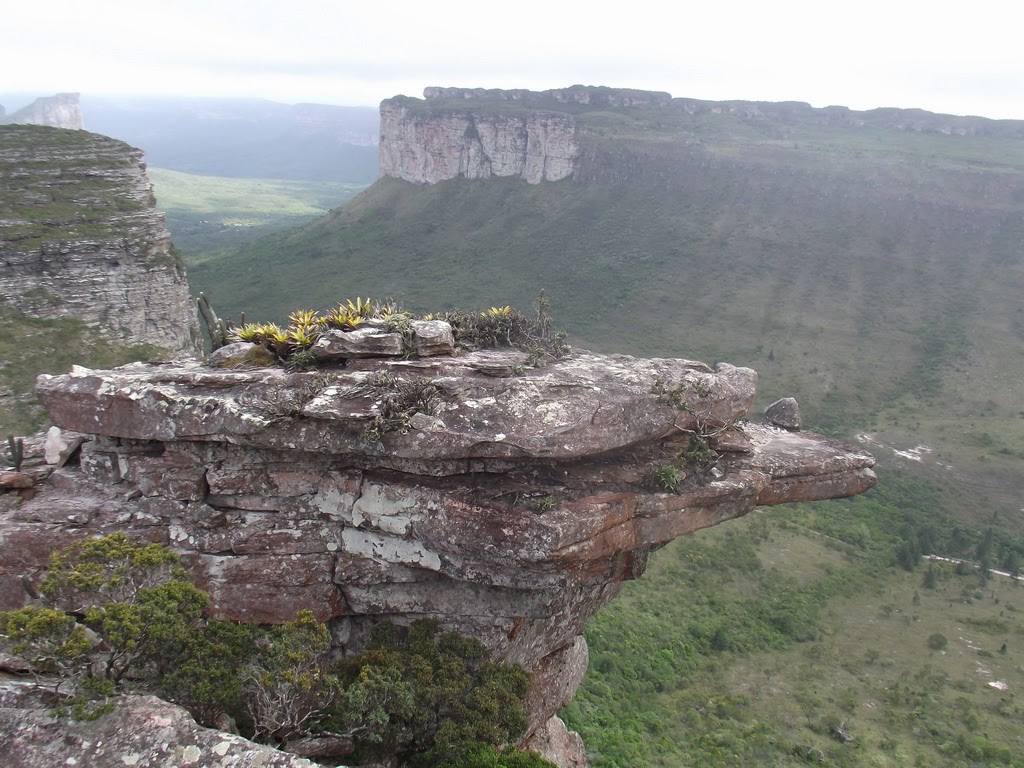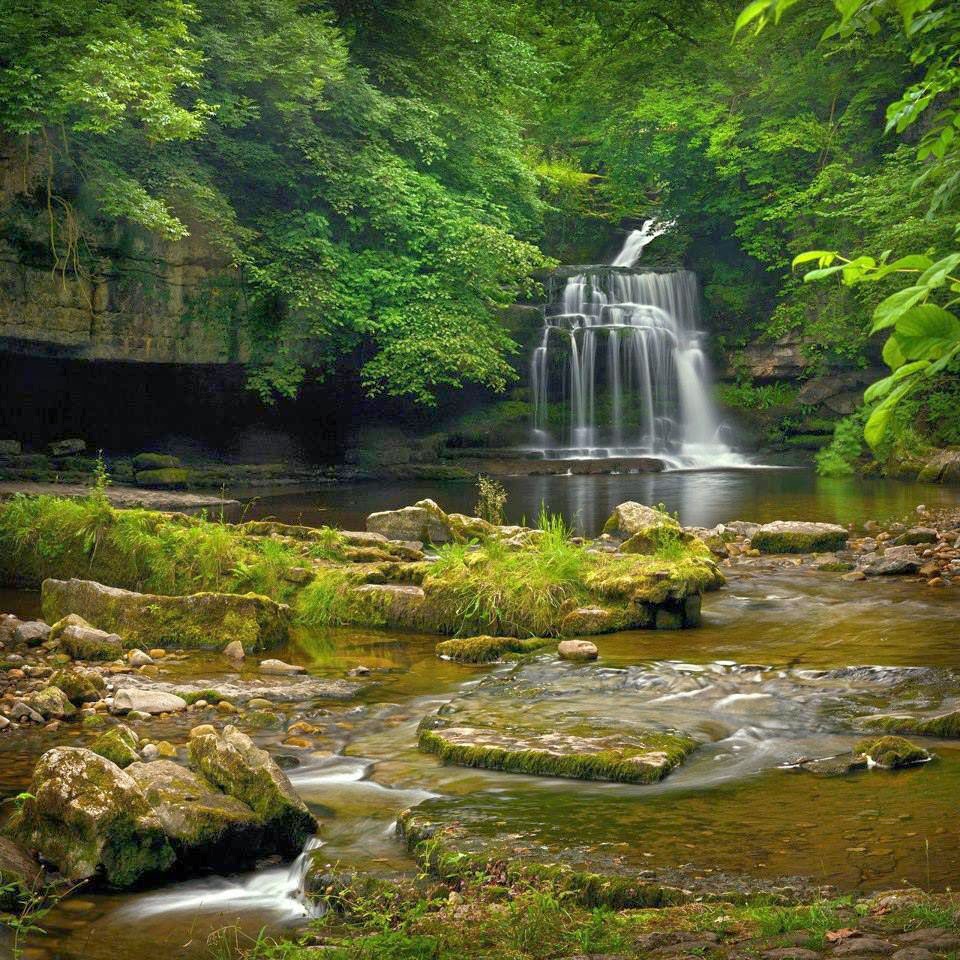Any search you do on the topic you will find basically this:
1) Happiness is a priority .
The happiest country even fighting countless social inequalities and constant changes in the political and economic circumstances. Would be easy to imagine the carnival as the most important for the Brazilian festivities, but this perception would be wrong, as the " Brazilians transform all occasions, the feast of St. John, the New Year etc in the greatest demonstrations of joy, unity and artistic expression ". Celebrating is a way of living.
There is a special attraction that you only discover when get here: the Brazilian people. Quite apart from the
landscapes, the lifestyle of our people surprise you with its simplicity, willingness, hope, hospitality and joy. Studies by Embratur indicate that 75% of tourists who seek Brazil as their vacation destination do so, first, by the natural beauty, but when they arrive here, they find such hospitality that soon also enchant the mixture of colors, races and cultures of 'owners'. According to research, when questioned about Brazil, tourists show joy as one of the main characteristics of our people - whether in our music, in the heat of the beaches..
2) Brazilians always give "a way" .
This message of resilience and resourcefulness is the core concept of the 'Brazilian way' , a kind of alternative route or shortcut to getting what you want .
3) Brazilians drink natural juices.
Brazilians consume fresh fruit juices for decades . The raw juice bars are not just for diets in Brazil , says they are for everyone.
4) Brazilians are surrounded by architectural beauties.
Even the natural beauties of the country did not prevent the Brazilian having created a rich tradition in world architecture, popularized by the works of the architect Oscar Niemeyer.
5) Diversity is a way of living .
Indians, Nigerians , Portugueses, Italians, Germans, Japanese and Korean. Brazil is a true mosaic of cultures, but that does not mean we do not respect the different races, cultures and traditions .
6) Coffee all day long.
If you ever lived or worked in Brazil , know that time can be measured in small express cups that are consumed by businessmen and students . In total , Brazilians drink an average of 5.8 kg of coffee per person per year, which helps improve heart health , prevent diabetes , some cancers and even ward off depression .
7) Brazilians work to reduce inequality social.
The gulf between rich and poor is beginning to decline in Brazil . Social inequality falls at a rate of 2.2% per year and the poverty rate falls 7.9 % per year , according to the center of social policies USP informed on the subject report.
8) Brazil produces and hear musics.
A diversity of Brazilian music is also mentioned: the samba, pagode , axé , choro , forró , MPB , rap and funk . And this can only be a good thing : making and listening to music improves cognition , relieves stress and enhances immune function.
9) Brazilian families are still united.
There is a strong sense of family unity . Family ties and intimate relationships with friends throughout life is one of the highest indicators of longevity and happiness in life.
And More...
The big cities of Brazil have a large number of tall buildings and very busy streets. The traffic is very heavy and traffic jams are a constant.
The vast majority of city dwellers work in banks, factories, hotels, offices, buildings and shops. In addition, many are dedicated to business, they are state officials or professionals from other activities. Most middle-class citizens live in modern apartments.
Most people who live in rural areas in Brazil live on farms or large farms. Many others have small farms. Most Brazilians who live in rural areas earn just enough to keep their families and most the times they have to struggle to survive, especially in the interior of North and Northeast.
EDUCATION: In Brazil, the goal of many high school students is so disputed win a place at a public university. Public institutions are the most renowned in Brazil, like the University of São Paulo (USP) and State University of Campinas (Unicamp). Furthermore, the teaching in these institutions is funded by the state, by the Brazilian government, and the student does not need to pay for their studies. They only have to pay if, of course, they choose a private university. Comparing these characteristics of the Brazilian higher education system with the United States, there are two major differences:
1) The most prestigious and internationally renowned American universities are private. You've heard of several of them: Massachusetts Institute of Technology (MIT), Harvard, Stanford, Yale, Princeton, Columbia, Duke, and many others.
2) public universities in the United States are paid.
Most American public universities are state-founded and administered by state agencies. Besides being paid, charge higher values of students from other states, or, in English, out-of-state students. This is because following the precept that students of the same state as the university - or, indeed, students' parents - contribute to the benefit of the institution to pay the taxes, while the out-of-state students contribute their own state .
It is because of institutions, both public and private, are paid, that American families open savings from early to save money for the education of their children.
====================================================================
Brazil has many faces, different tastes and profiles. Worth seeing this video and have an example of what our country has to offer. After all, here all styles live together, complement each other..


 (photos via flick)
(photos via flick)

















































































